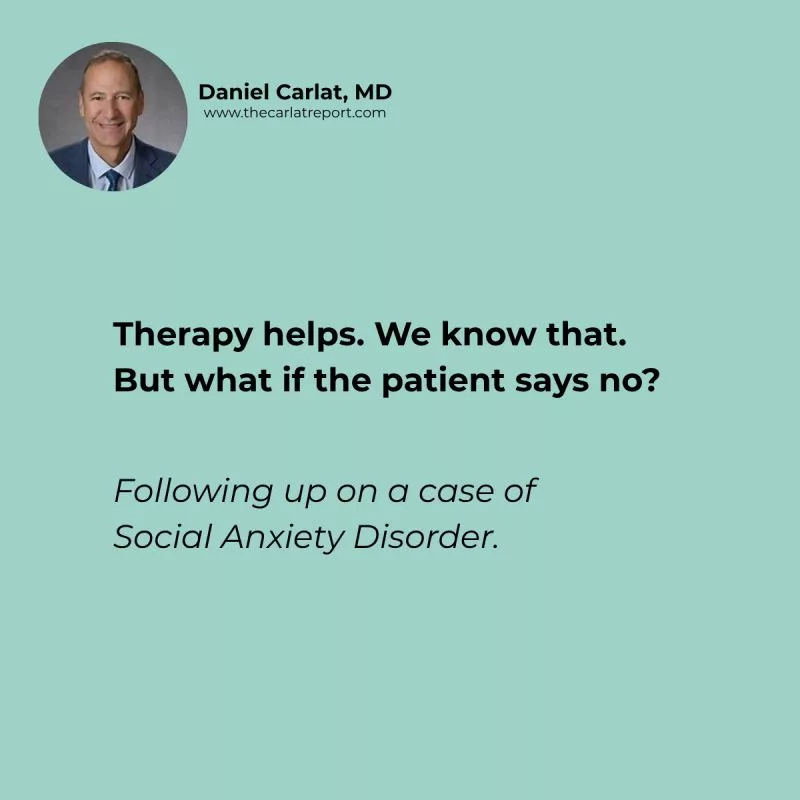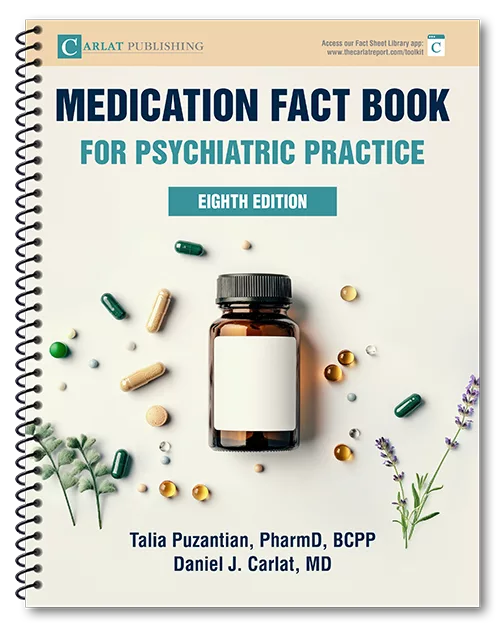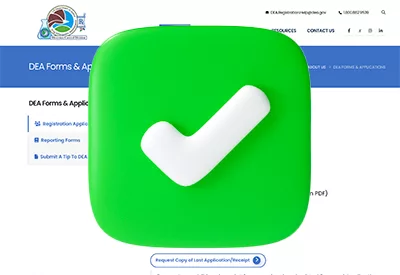What happens when the patient doesn’t want therapy?
We talk about individualized care all the time.
But what do you do when a patient—like Randall—understands the diagnosis, trusts your judgment…and still says no?
Randall had classic Social Anxiety Disorder.
Severe enough to derail school, friendships, and his future.
CBT would’ve been the standard first step.
I offered it and described the process.
We’d help him notice the anxious thoughts—
“I’m going to embarrass myself.”
“They’re judging me.”
Then gradually test those beliefs through exposure:
Speaking up in class.
Making eye contact.
Entering the social spaces he feared.He listened carefully. And then he said,
“I don’t think I want it.”
It wasn’t resistance. It was realism.
CBT asks patients to do the very thing they dread most: put themselves in the spotlight.
And Randall—at least then—wasn’t ready.
So I adjusted the plan.I started him on Zoloft.
Added short-term Xanax to ease the transition.
And gradually, Randall came back to life.
He returned to class. He graduated.
The last time I saw him, he was preparing for job interviews—something he once told me felt “unimaginable.”
He’s still shy. Still bookish. Still deeply reserved.
But the goal was never to change who he is.
The goal was to help him re-enter his life.
Not everyone with social anxiety needs meds.
Not everyone needs therapy.
Some need both.
Some say no to both.
Some improve anyway.
We don’t treat diagnostic categories. We treat people.
And sometimes that means starting with what they’re willing to take.
How do you navigate that first step when the patient says no to your best-laid plan?
What helps you decide when to hold back—and when to push?
Join the conversation on LinkedIn with Dr. Carlat
Click the link to check out Part #1.


_-The-Breakthrough-Antipsychotic-That-Could-Change-Everything.webp?t=1729528747)



